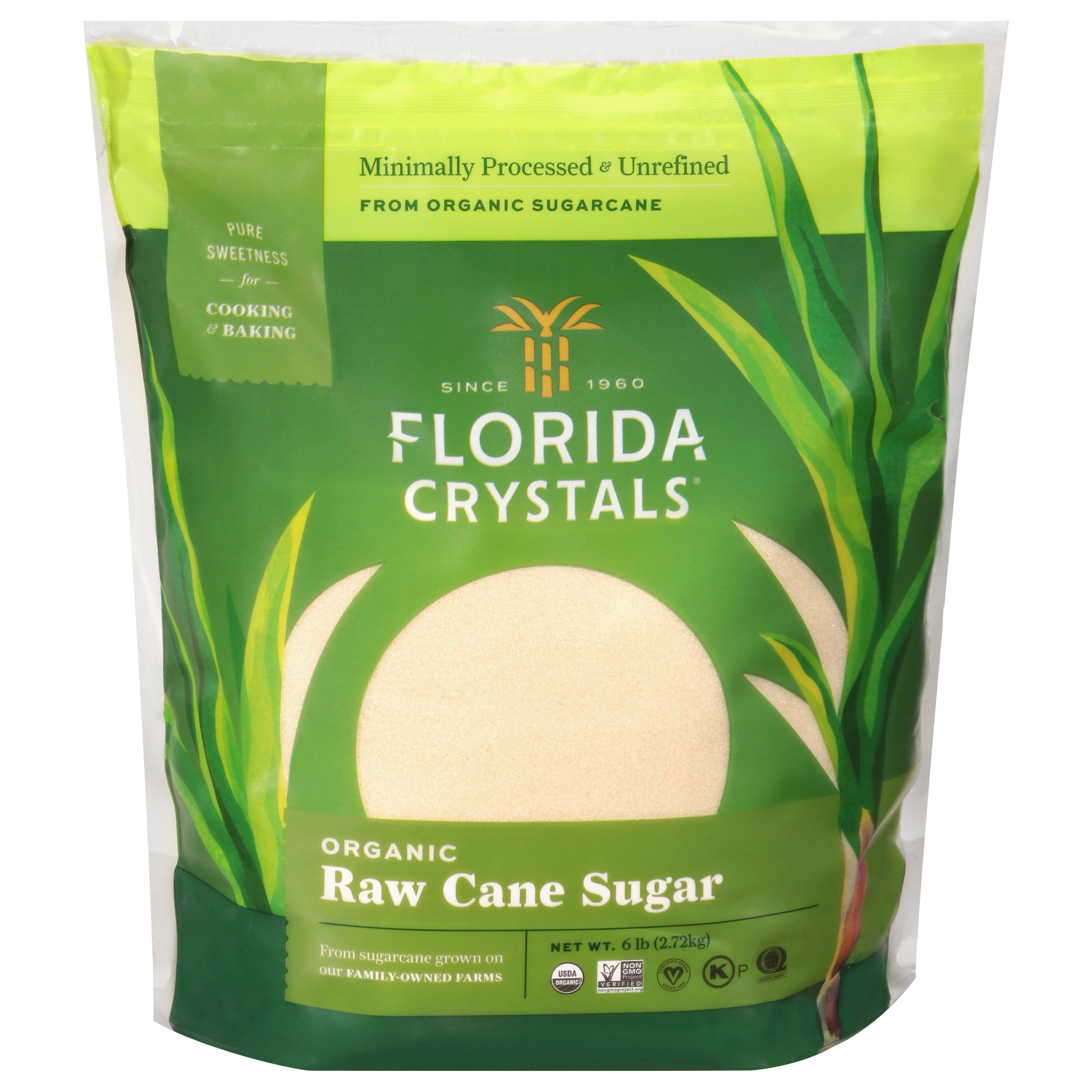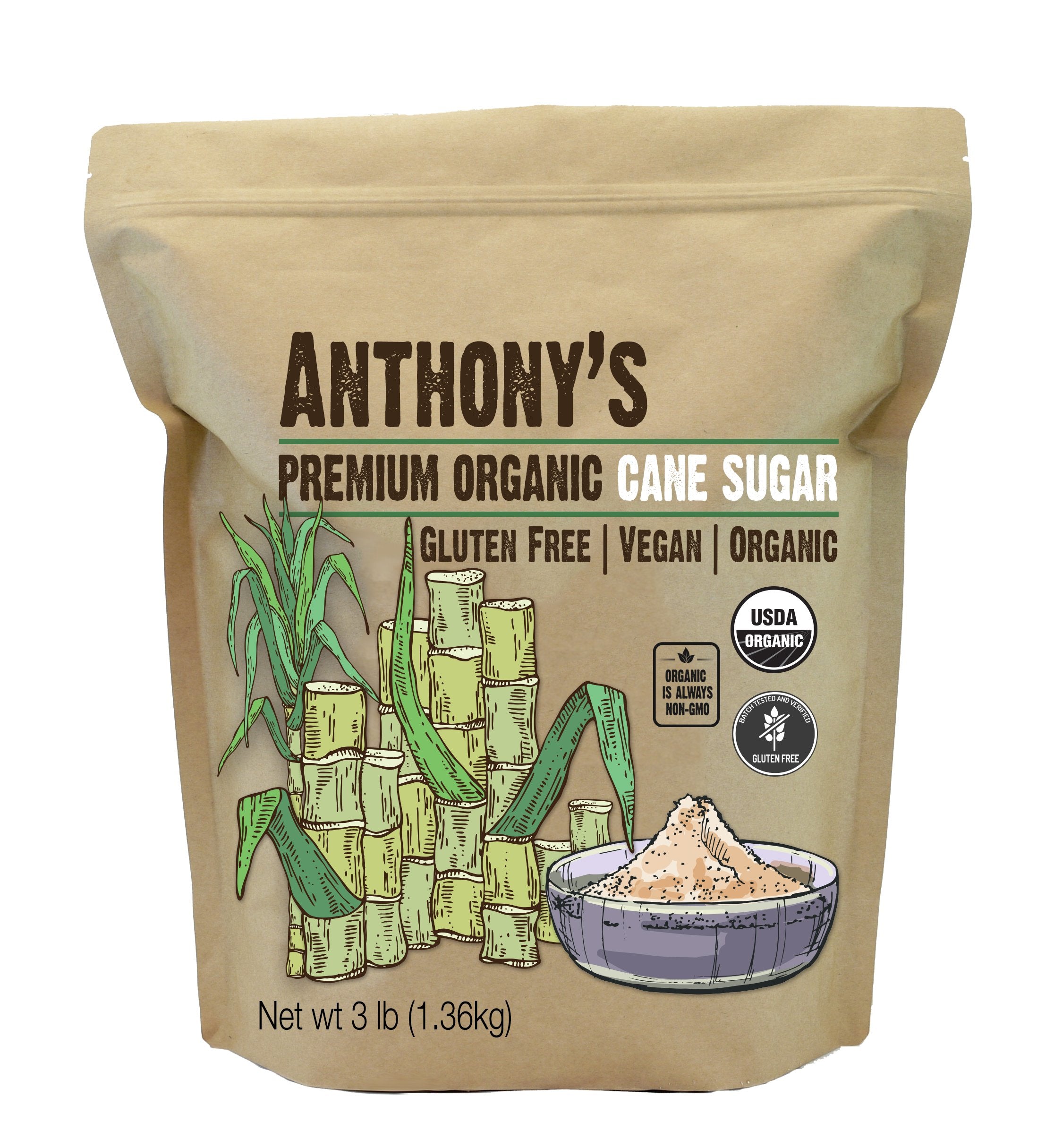Discovering the Comprehensive Tips Entailed in Walking Stick Sugar Handling From Collecting to Refinement
The process of cane sugar production includes a series of intricate steps, beginning with the careful harvesting of sugarcane and finishing in the improvement stages that guarantee the last product fulfills sector standards. Each phase, from the removal of juice to the purification and crystallization procedures, plays an essential function in figuring out the high quality and character of the sugar. Understanding these phases not just highlights the intricacy of sugar production yet also elevates important inquiries concerning effectiveness, sustainability, and development in the market. What ramifications do these factors have for future methods?
Harvesting Sugarcane
Collecting sugarcane is an important step in the walking stick sugar handling chain, as it straight influences the top quality and return of the end product. Proper timing and strategies are vital throughout this stage to ensure optimal sugar material and reduce losses. Commonly, sugarcane is harvested when it gets to maturation, generally 12 to 18 months after planting, defined by a high sucrose focus.

Post-harvest, the sugarcane needs to be processed swiftly to avoid sucrose destruction. Ideally, harvested walking stick should be transported to processing centers within 24 hours to protect sugar quality. Consequently, efficient logistical preparation is vital to keep the honesty of the harvested plant throughout the supply chain.
Removal Refine

The crushed walking stick goes through a series of pressing operations to take full advantage of juice recuperation. Usually, warm water is splashed onto the smashed walking cane, producing a countercurrent circulation that aids dissolve the sugar while likewise helping in the extraction procedure. The juice gathered from this procedure has not just sugar however likewise numerous organic substances and pollutants.

To enhance removal effectiveness, some centers may utilize diffusion techniques, where the sugarcane is taken in warm water, enabling the soluble sugars to diffuse right into the fluid. The resulting juice, abundant in sucrose, is after that guided to succeeding handling phases, laying the structure for filtration and refinement. The extraction process is thus pivotal in identifying the high quality and return of the final sugar item.
Filtration Techniques
The filtration strategies employed in walking cane sugar handling are essential for changing the raw juice into a top quality sugar product. These approaches mostly intend to eliminate contaminations, such as soil, plant products, and inorganic compounds, which can negatively influence the last item's taste and shade.
This process involves adding lime and warm to the raw juice, which assists in the coagulation of impurities. Additionally, the use of phosphoric acid can improve the clarification process by further binding pollutants.
One more substantial strategy is carbonatation, where co2 is presented to the made clear juice. This response creates calcium carbonate, which captures staying pollutants and promotes their elimination.
Moreover, triggered carbon therapy might be related to adsorb any type of continuing to be colorants and natural pollutants, making sure an extra polished item. The mix of these methods effectively prepares the sugar juice for succeeding action in the refining procedure, establishing the stage for the production of premium walking cane sugar.
Condensation Techniques
After the purification phase, the next critical action in walking stick sugar processing involves formation methods, which play a critical role in transforming the clarified juice right into strong sugar. This procedure usually employs two main methods: spontaneous crystallization and controlled condensation.
In spontaneous formation, supersaturated sugar solutions are permitted to cool normally, resulting in the formation of sugar crystals with time. This approach is simpler but might lead to unequal crystal sizes and lower pureness levels. On the other hand, controlled condensation is a more accurate strategy where temperature, seeding, and concentration agents are thoroughly taken care of. This method allows for the additional hints uniform growth of sugar crystals and higher pureness.
Throughout crystallization, the made clear juice is focused through dissipation, raising its sugar web content up until it reaches supersaturation. Once this point is achieved, either technique can promote the formation process. Cane Sugar Processing. The resultant sugar crystals are after that separated from the continuing to be syrup via centrifugation
Inevitably, the choice of formation technique influences the quality, size, and pureness of the last sugar item, making this action important in the overall walking cane sugar handling treatment.
Improvement and Packaging
How can the purity and quality of cane sugar be better improved after formation? The refinement process plays a critical function in achieving top notch walking cane sugar. Complying with condensation, sugar goes through an extensive cleaning to get rid of impurities and recurring molasses. This is usually achieved utilizing cozy water or vapor, which assists dissolve and extract unwanted elements while maintaining the sugar crystals.
Next, the sugar is subjected to a procedure called centrifugation, where it is spun at broadband to separate the detoxified sugar crystals from the remaining liquid. After centrifugation, the sugar is often additional fine-tuned via a method called carbonization or phosphatation, which makes use of triggered carbon or phosphoric acid to eliminate color and off-flavors.
As soon as fine-tuned, the sugar is dried to attain the preferred dampness web content, guaranteeing that it continues to be steady during storage space and transport. The final step involves product packaging the polished sugar in impermeable and moisture-proof containers to keep its high quality and protect against contamination. Cane Sugar Processing. Correct product packaging have a peek at this website not just prolongs life span yet also facilitates very easy handling and distribution, making certain that customers get sugar that satisfies the highest possible standards of purity and quality
Conclusion
The thorough actions involved in walking cane sugar handling, from the thorough harvesting of sugarcane to the detailed refinement and product packaging stages, emphasize the value of each stage in guaranteeing top quality sugar production. Ideal harvesting methods, effective extraction methods, and strenuous purification processes collectively add to the end product's pureness and stability. The formation and subsequent packaging methods additionally improve the integrity and rack life of the sugar, highlighting the intricacy and accuracy inherent in this vital agricultural market.
The procedure of walking cane sugar production encompasses a collection of complex steps, beginning with the mindful harvesting of sugarcane and culminating in the refinement stages that guarantee the last item meets hop over to these guys sector criteria. Ideally, collected cane needs to be transported to processing centers within 24 hours to preserve sugar high quality.In spontaneous crystallization, supersaturated sugar solutions are enabled to cool normally, leading to the development of sugar crystals over time - Cane Sugar Processing. The improvement process plays a crucial function in achieving top quality cane sugar.The extensive steps entailed in walking cane sugar handling, from the careful harvesting of sugarcane to the elaborate improvement and packaging phases, highlight the significance of each stage in making sure high-grade sugar production